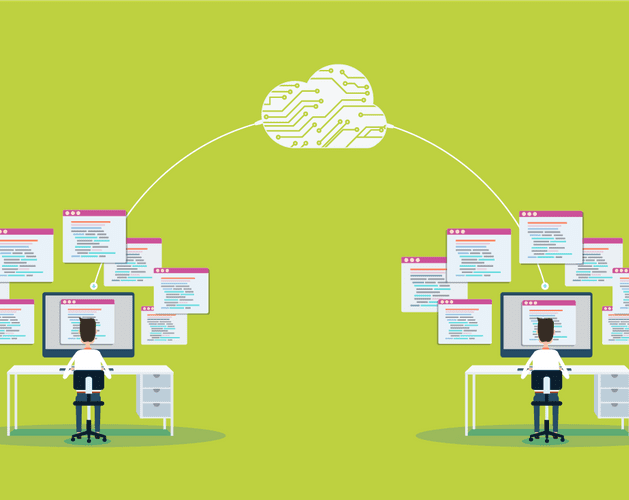We hear the same expectations of the public cloud over and over again: make significant savings around maintaining and provisioning IT systems; get away from estimating your needs against large CAPEX investments, in favour of a pay-for-what-you-use OPEX model; and introduce faster innovation into your business via technology. In short, it’s faster, cheaper, and better! A great dream, that we all too often see turn into a missed opportunity, with sprawling infrastructure and organisation’s over-spending. The reality is that the public cloud nirvana is not easily realised without significant organisational and cultural change; this, in combination with speed of innovation, is the reason public cloud is described as “transformational” to organisations. The purpose of this article is to highlight some of the challenges we commonly see organisations facing, that are entering into this transformational journey.
Four key considerations for moving to the public cloud:
1. Be consciously aware of the change
The Digital Transformation agenda is putting huge pressure on IT Developers and IT Operations to innovate quicker. Thanks to the Public Cloud, the potential to achieve this is greater than ever before, due to the plethora of shiny new services delivered to our teams’ doorsteps. The temptation to jump right in is immense. Teams that have never had to operate their infrastructure in an OPEX purchasing model can quickly grow their environments, without being consciously aware of the organisational changes that are required for its long-term success. Handing out the credit cards, overzealous innovation, and vague references to DevOps when investing in “new, exciting” services, could mean that behind the scenes a vast amount of money is wasted. Organisations that really succeed go in with their eyes wide open to the change needed and take time to address internal concerns. This is often addressed with a cross-functional team that, similar to the industry recognised “Cloud Centre of Excellence (CCoE)”, embraces and manages the change effectively. The CCoE realises that in order to successfully embrace the public cloud, the initiative must have senior level sponsorship and buy-in across the organisation, rather than just IT team
2. Consider financial operations
Life in the public cloud requires a closer, adjusted relationship between IT teams and their financial counterparts. Traditionally, IT and finance teams have a transactional relationship where IT request funding for specific infrastructure purchases, and Finance oblige. With the public cloud, much more regular financial management is required, a challenge IT and finance teams need to overcome, together.
3. Set standards and policies
Successful organisations go much deeper than simply setting reactive alert policies. There is a huge variety of services available to ensure public cloud resources are configured, deployed, and managed in a standard, secure, and cost-effective way. Take time to define how teams should deploy infrastructure and shut down the ability to deviate outside your standards.
4. See where you’re going
A public cloud resource tagging strategy is an important consideration for many organisations, but don’t let the quest to tag everything take the focus away from the purpose of tagging itself. Think carefully about how you will manage spend and engage departments who will take responsibility for their cloud budgets to help shape your tagging policy. The closer you can align a cloud spend to the business value it generates, the better.
Check back for our next post of this three-part mini series, where we will explore some of the common practices our customers adopt to maximise their public cloud investments.
Contact Us
If you're interested in migrating to the public cloud or are experiencing any challenges with implementing public cloud as outlined in this blog, please contact you Softcat Account Manager, or fill out the contact form below:

